Some of the links in this post may be affiliate links.
The problem with most commercially available potting mixes is that they they don’t drain well, they take too long to dry out, and they simply don’t have enough porosity and air flow to the roots of your plants. Adding perlite or
Keep reading to find out the pros and cons of using perlite vs
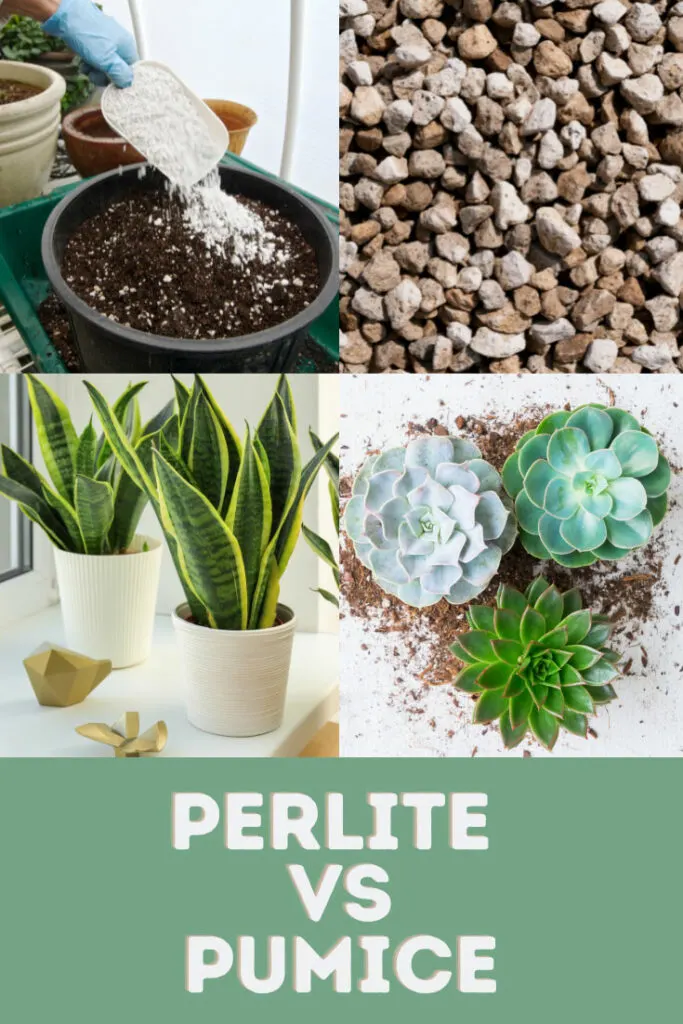
Both perlite and
First, let’s look at the similarities. Both perlite and
- Increase the drainage of your potting mixes
- Allow for more oxygen to the root zone of your plants (thus helping to reduce root rot)
- Prevent your soil from compacting
- Don’t really retain much water (unlike vermiculite)
- Are long-lasting and won’t break down (though you can crush perlite with your fingers)
- Are pH neutral
- Are both naturally formed
I almost never use any pre-packaged potting mix as-is because most are not well suited to growing plants indoors. I always mix in additional materials like perlite,
Let’s take a look at perlite vs
Table of Contents
PERLITE VS PUMICE
PERLITE
Perlite is a very lightweight material that is made from expanded volcanic glass.
If you’ve ever purchased a bag of all purpose potting mix, perlite is the material that looks like little styrofoam balls.
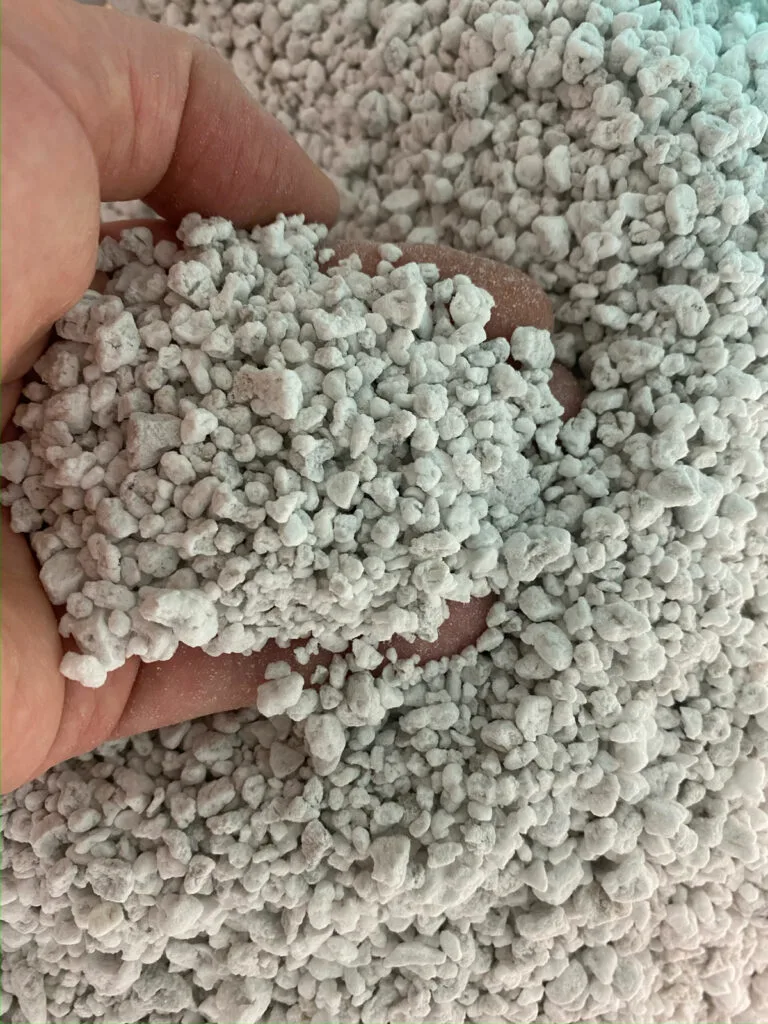
In its natural form, it is created when obsidian (volcanic glass) is saturated with water over a long period of time.
After it is mined, it is further processed by man and heated in order to create the perlite that is used in potting mixes. Since it is rich in water, when it is heated to very high temperatures (above 871ºC), it will literally pop like popcorn.
The water will cause the mineral to expand to many times the original volume, anywhere from 4 to 20 times the original volume.
And this is the perlite that we are used to seeing in our potting mixes. Much of the world’s perlite comes from China, Turkey, Greece, USA, Aremenia and Hungary.
PROS
- Cheaper than
pumice . - More readily available than
pumice .
CONS
- Tends to float to the top of your soil.
- Can be very dusty, and you’ll want to avoid breathing in particles as it is not good for your lungs. Use a dust mask.
Rinsing Perlite
You can come up with your own ways to rinse but here are a couple good ways:
- Place the perlite in a fine mesh colander and rinse it thoroughly (preferably outdoors).
- You can also make some very small holes at the bottom of your perlite bag, and then run water through your entire bag to keep the dust down before you use it.
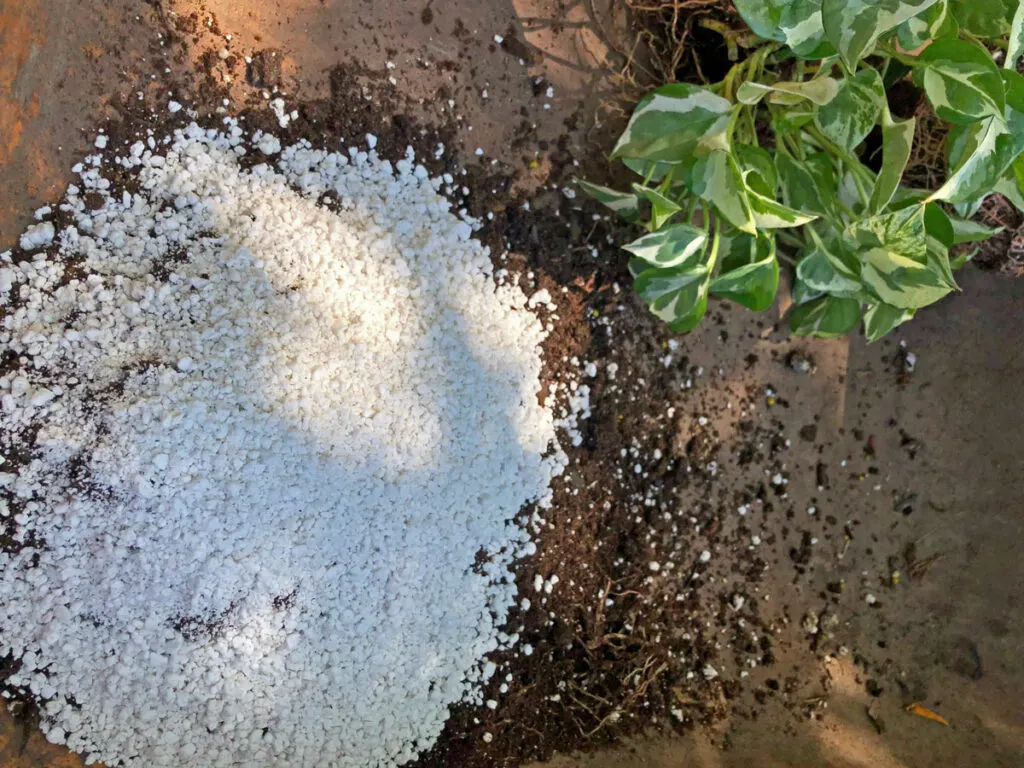
Small Grade vs Large Grade Perlite
Keep in mind that if you use a really small perlite (especially one that hasn’t been rinsed to remove the dust), when you mix this your potting mix, it will cause it to take longer to dry out.
There are some advantages to using a larger grade perlite:
- It will tend not to wash out as much out of the drainage holes.
- It doesn’t have nearly as much dust as finer grade perlite.
- Drainage will be better with larger perlite, and your potting mix should dry out a bit quicker.
PUMICE
Unlike perlite, after it is mined,
Pumice is a mined, volcanic rock and is created when super-heated, highly pressurized rock is ejected from a volcano.
When frothy magma cools and depressurizes very quickly, this creates the porous structure found in
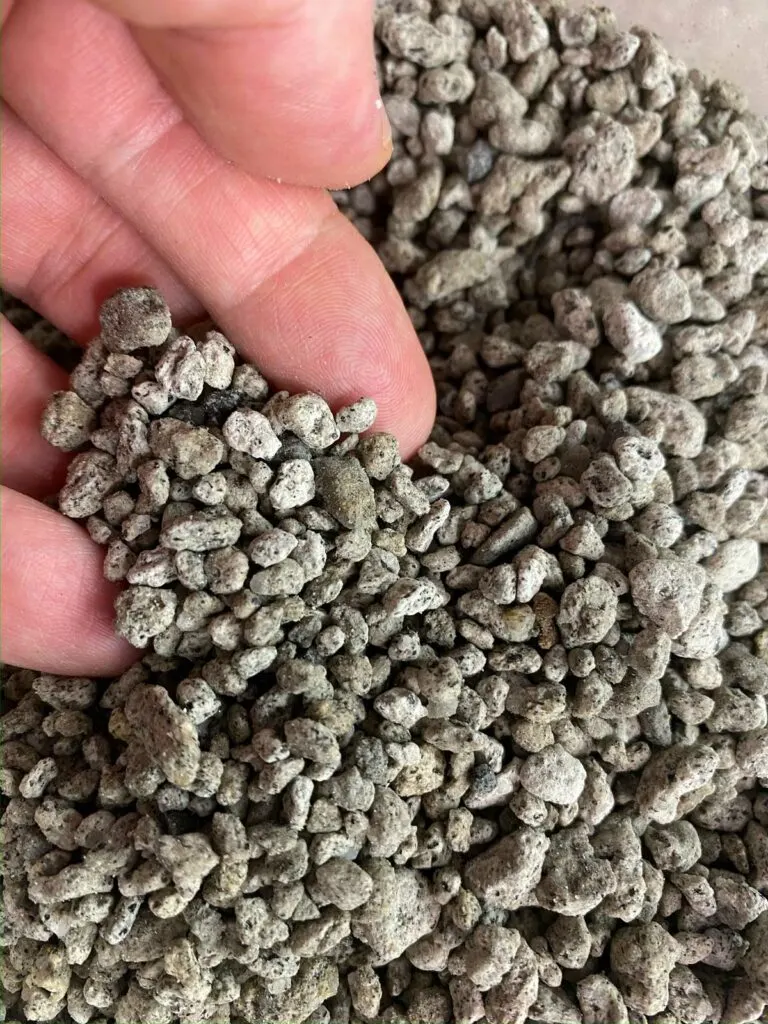
Europe produces the largest amount of
PROS
- Will not float to the top of your soil like perlite does
- It is heavier than perlite and better for top-heavy plants, making it less likely for your pot to be tipped over.
- When you use a high quality
pumice , you don’t have to worry about breathing in dust like with perlite.
CONS
- More expensive than perlite.
- Not as readily available at stores (but easy to find online).
If you are looking for a great quality

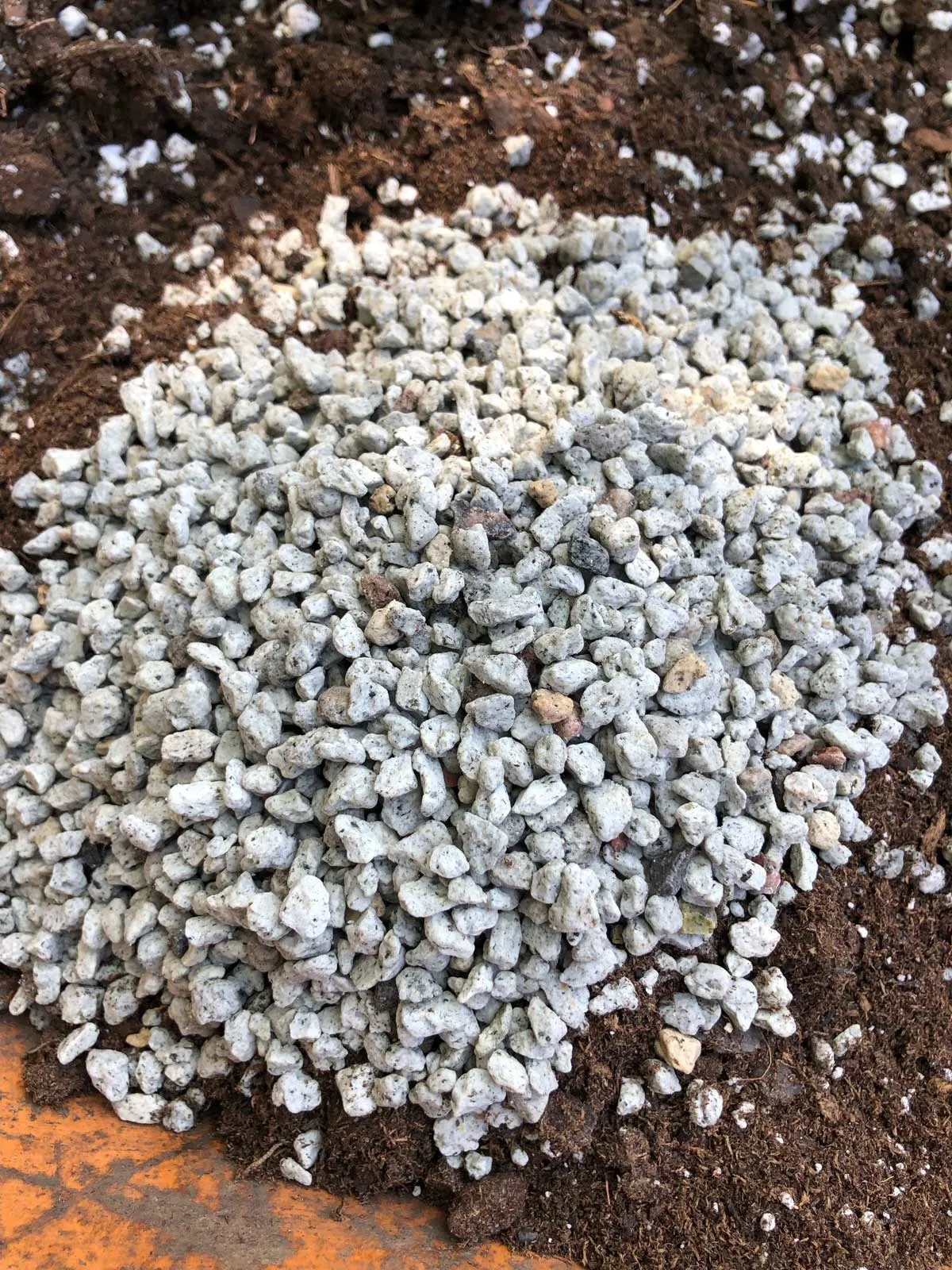
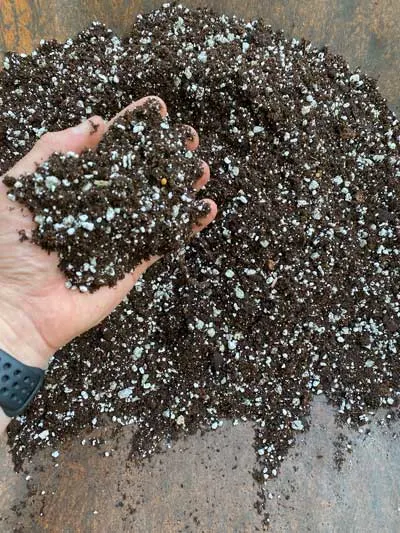
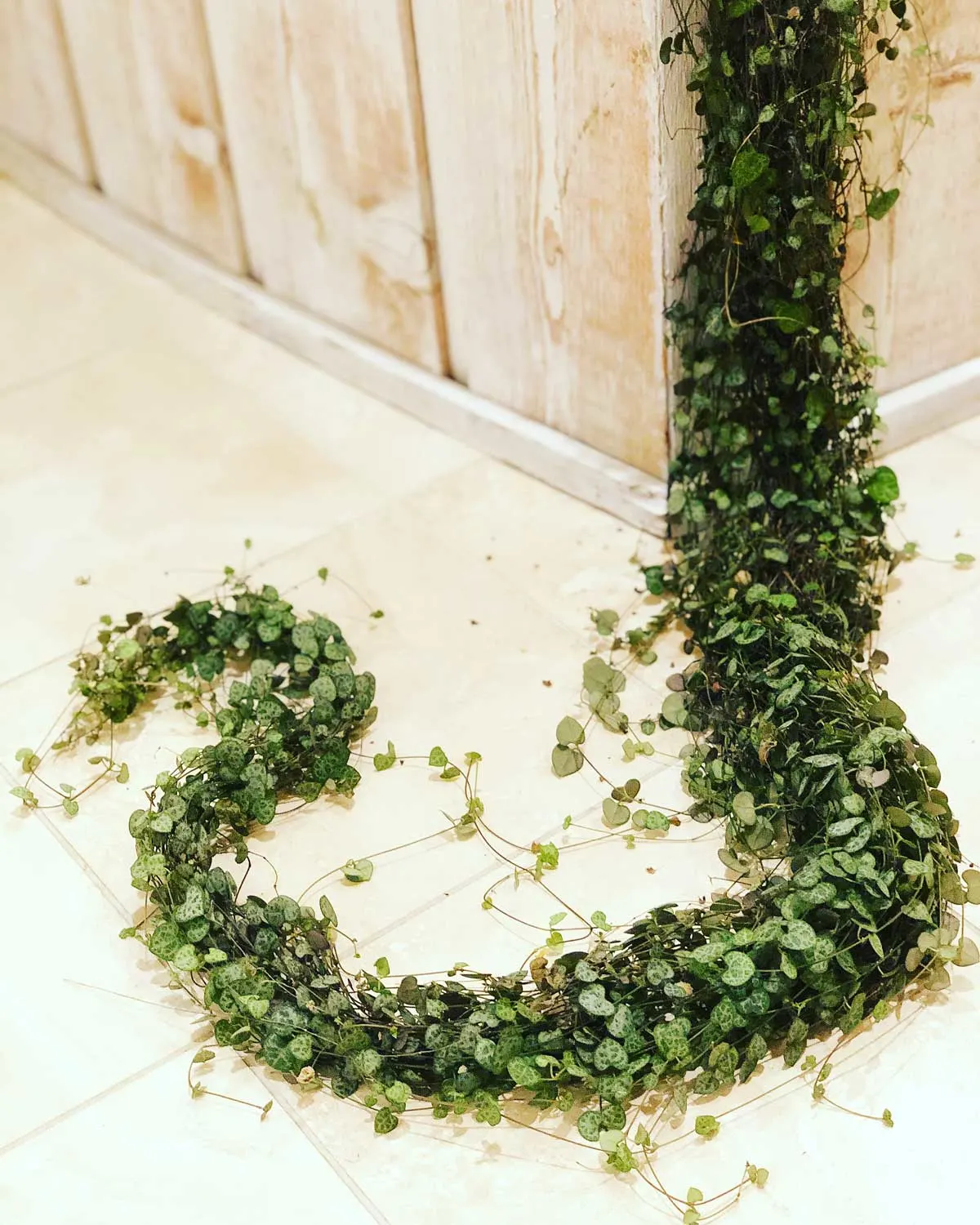
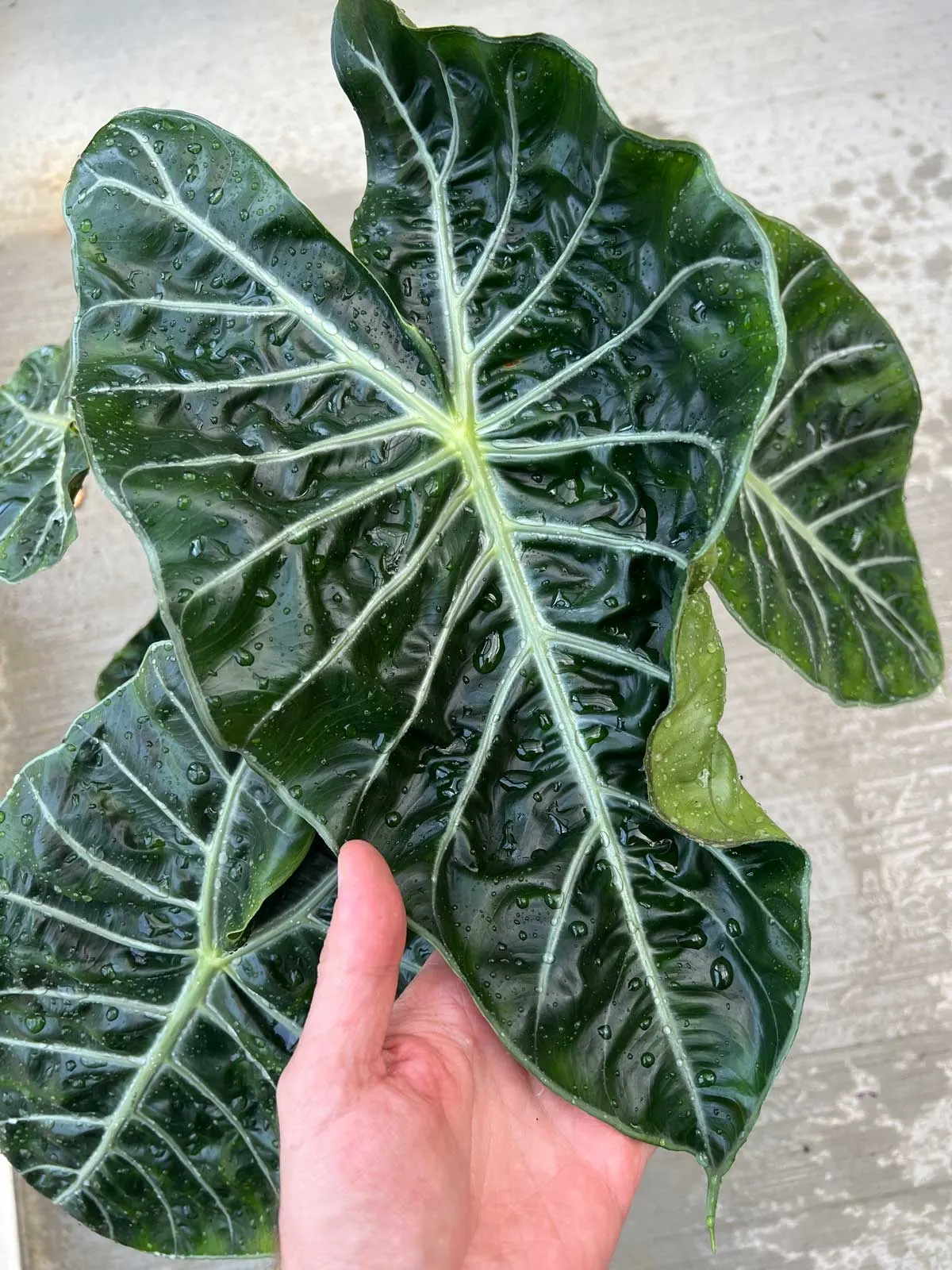
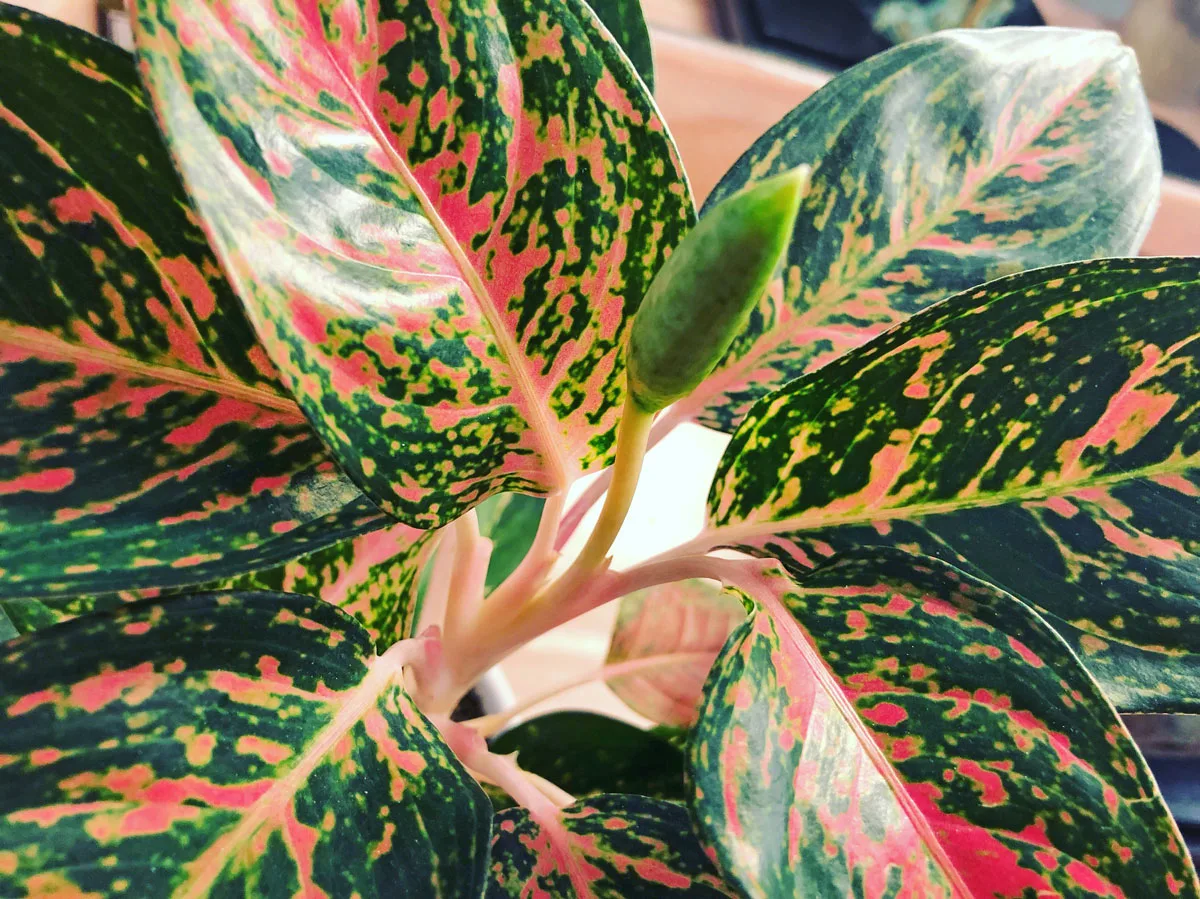
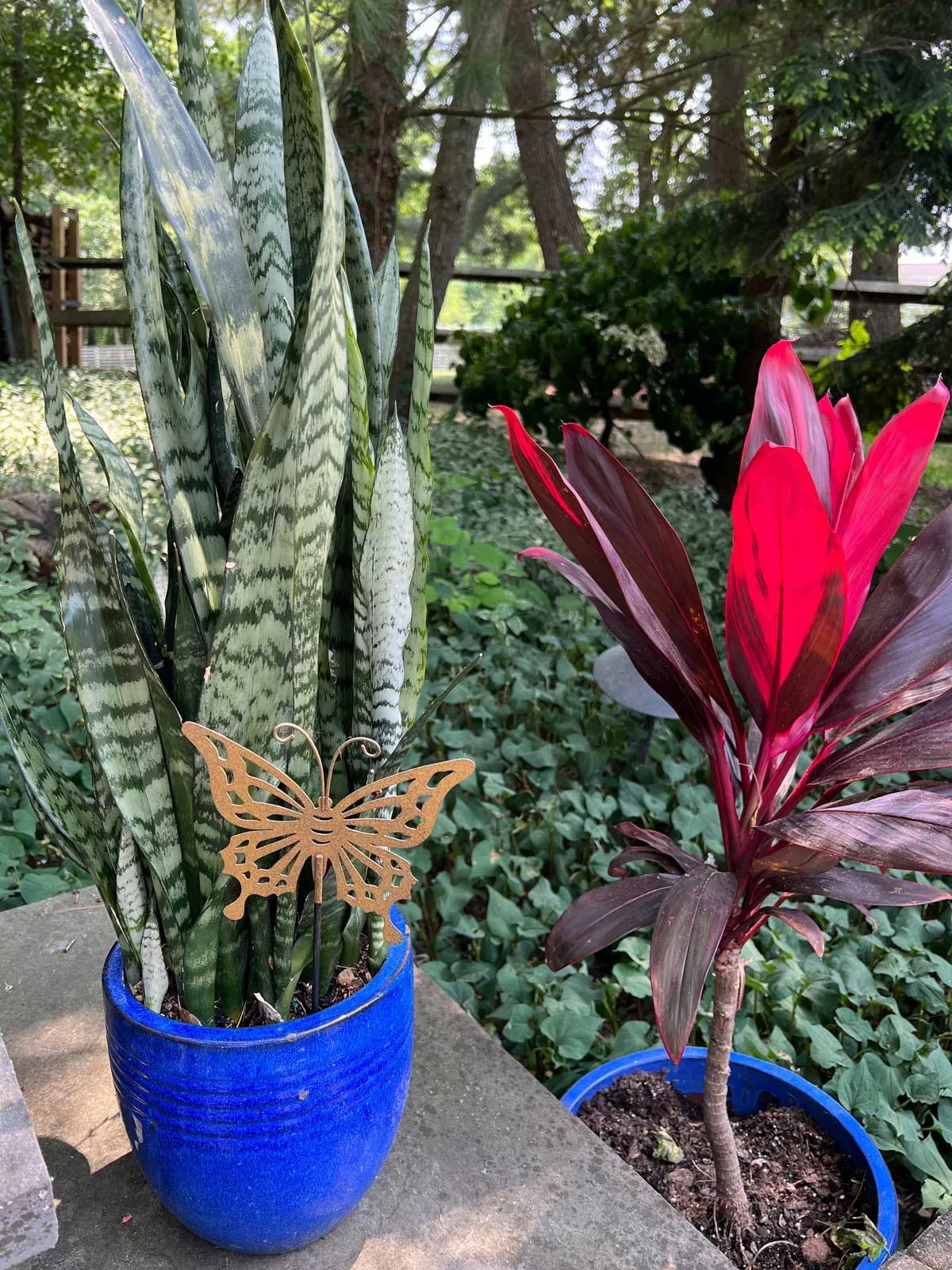
Athena A.
Friday 6th of May 2022
Thank you so much for this article discussing the differences between perlite and pumice. I have finally figured out why some of my plants experienced root rot - my bag of perlite had mostly tiny pieces probably crushed in transit. I would see the tiny pieces and think, if a little bit of perlite is good, lots of the tiny bits of perlite would be better. No wonder why I killed some plants they never dried out! You have given me the answer that I have been searching for years! Thank you Raffaele!!
Raffaele
Friday 6th of May 2022
So happy to help Athena!! It feels good to get down to the bottom of things doesn't it? :-).